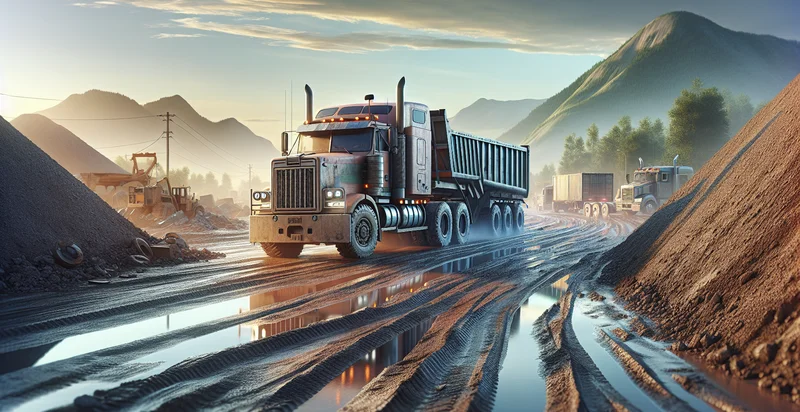Identify harvester type
using AI
Below is a free classifier to identify harvester type. Just upload your image, and our AI will predict what type of harvester it is - in just seconds.

Contact us for API access
Or, use Nyckel to build highly-accurate custom classifiers in just minutes. No PhD required.
Get started
import nyckel
credentials = nyckel.Credentials("YOUR_CLIENT_ID", "YOUR_CLIENT_SECRET")
nyckel.invoke("harvester-type", "your_image_url", credentials)
fetch('https://www.nyckel.com/v1/functions/harvester-type/invoke', {
method: 'POST',
headers: {
'Authorization': 'Bearer ' + 'YOUR_BEARER_TOKEN',
'Content-Type': 'application/json',
},
body: JSON.stringify(
{"data": "your_image_url"}
)
})
.then(response => response.json())
.then(data => console.log(data));
curl -X POST \
-H "Content-Type: application/json" \
-H "Authorization: Bearer YOUR_BEARER_TOKEN" \
-d '{"data": "your_image_url"}' \
https://www.nyckel.com/v1/functions/harvester-type/invoke
How this classifier works
To start, upload your image. Our AI tool will then predict what type of harvester it is.
This pretrained image model uses a Nyckel-created dataset and has 15 labels, including Barley Harvester, Corn Harvester, Cotton Harvester, Forage Harvester, Fruit Harvester, Grain Harvester, Grass Harvester, Herb Harvester, Oilseed Harvester and Potato Harvester.
We'll also show a confidence score (the higher the number, the more confident the AI model is around what type of harvester it is).
Whether you're just curious or building harvester type detection into your application, we hope our classifier proves helpful.
Related Classifiers
Need to identify harvester type at scale?
Get API or Zapier access to this classifier for free. It's perfect for:
- Precision Agriculture Mapping: The 'harvester type' identifier can help farmers accurately map their fields based on the types of harvesters they use. This information can optimize planting strategies and resource allocation, leading to increased yields and reduced operational costs.
- Fleet Management Optimization: Agricultural companies can leverage this function to categorize their fleet of harvesters for better management. By identifying the types of harvesters in use, companies can streamline maintenance schedules, allocate resources effectively, and monitor performance metrics.
- Crop Yield Forecasting: By analyzing which harvester types are employed on different fields, data scientists can refine crop yield forecasting models. Understanding the capabilities of various harvesters can lead to better predictions regarding harvest quality and volume.
- Supply Chain Adaptation: Agribusinesses can adjust their supply chain logistics based on the types of harvesters identified in their operations. With insights into harvester types, companies can better coordinate the timing of harvesting, packing, and distribution, ultimately improving efficiency.
- Research and Development: Agricultural researchers can use the classifier to identify trends in harvester types across various regions and crops. This data can inform the development of new technologies or harvesting techniques tailored to specific agricultural needs, enhancing productivity.
- Regulatory Compliance Monitoring: Governments and regulatory bodies can utilize the harvester type identifier to ensure compliance with agricultural standards and practices. By identifying the technological capabilities of harvesters, officials can enforce regulations related to environmental sustainability and food safety.
- Training and Simulation: Agricultural technology firms can integrate the harvester type identifier into training programs for operators. By providing insights into the different harvester types and their functionalities, these programs can improve operator competency and efficiency in the field.


